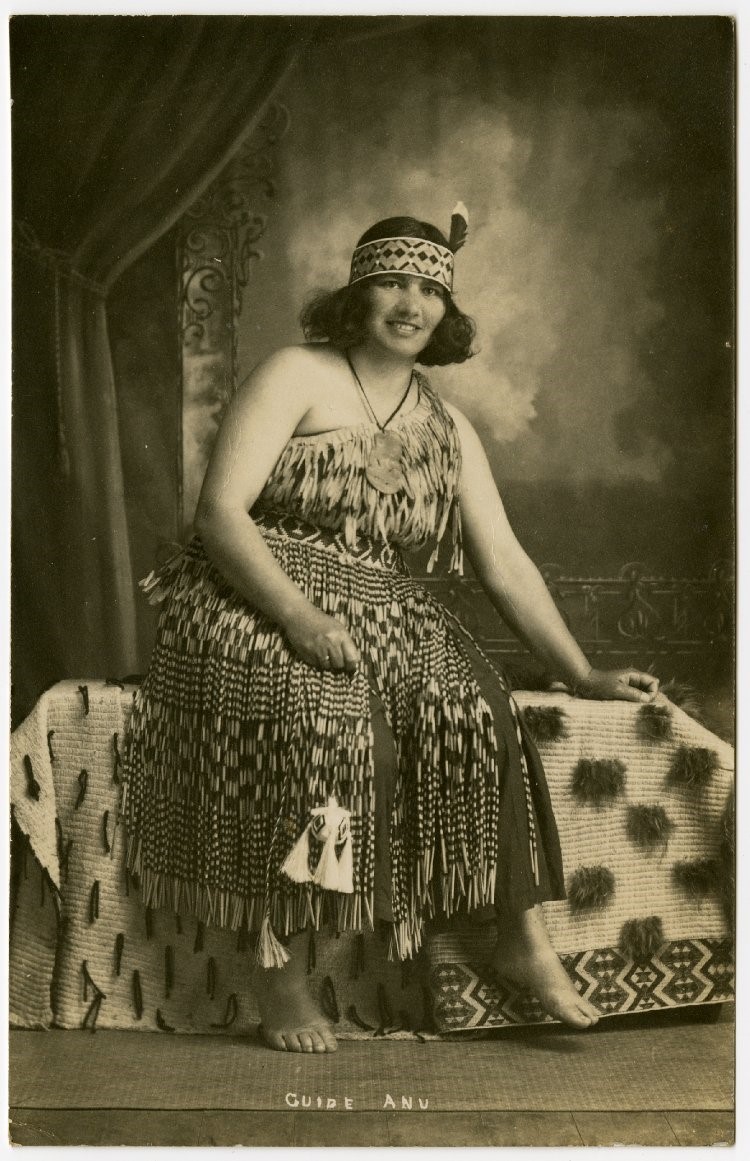Photographs
The expansion of Britain’s overseas empire in the nineteenth century corresponded with the invention and development of photography. Historical photographs form an important component of family papers as well as official archives. In the nineteenth century, photographs and postcards made distant people and places visible; now, photographs offer unusually arresting glimpses into the past. Yet, surviving photographs are in many cases powerfully shaped by imperial ideologies and asymmetries. In this session, we will discuss why photographs were taken, what purposes they served, how and why they have survived, and what it means to use these photographs as historical sources.
Presenters — Jack Cunningham and Rushil Raga
Seminar Questions
- What can we learn from visual sources like picture postcards?
- What are their limitations?
- What purposes did photographs serve in the nineteenth century?
- How have the meanings of photographs changed over time?
- What does Vokes mean by the concept of ‘social archive’ and why is it important?
Essential Reading
- Lydon, Jane. ‘Photography and Critical Heritage: Australian Aboriginal Photographic Archives and the Stolen Generations’. The Public Historian 41, no. 1 (2019): 18-33.
- Ryan, James R. Picturing Empire: Photography and the Visualization of the British Empire. London: Reaktion Books, 1997. Chapter 5. [eBook available through library]
Primary Sources
Browse the postcards in the British Museum Collections for the date range 1850-1914, noting patterns in the images that you observe; choose one postcard and write a blurb of 100 words with all the contextual information you are able to collect about it.
- Go to the British Museum Collection Online. Select ‘Advanced search options’ below the search bar. For date range, enter 1850 to 1914; for object types, enter postcard. Tick the ‘Images only’ box.
Further Reading
- Vokes, Richard. ‘Reflections on a Complex (and Cosmopolitan) Archive: Postcards and Photographs in Early Colonial Uganda, c. 1904-1928’. History and Anthropology 21, no. 4 (2010): 375-409.
- Barnes, Felicity. ‘Pictorialism, Photography and Colonial Culture, 1880-1940’. New Zealand Journal of History 47, no. 2 (2013)
- Chaudhary, Zahid R. Afterimage of Empire: Photography in Nineteenth-Century India. Minneapolis: University of Minnesota Press, 2012.
- Edwards, Elizabeth. Anthropology and Photography, 1860-1920. New Haven: Yale University Press, 1992.
- Geary, Christaud M. ‘Photographs as Material for African History: Some Methodological Considerations’. History in Africa 13 (1986): 89-116.
- Hight, Eleanor M. and Gary D. Sampson, eds., Colonialist Photography: Imag(in)ing Race and Place. London: Routledge, 2004.
- Killingray, David and Roberts Andrew. ‘An Outline of Photography of Africa to ca. 1940’. History in Africa 16 (1989): 197-208
- Landau, Paul S., and Deborah D. Kaspin, eds., Images and Empires: Visuality in Colonial and Postcolonial Africa. Berkeley, CA: University of California Press, 2002.
- Levine, Philippa. ‘The Mobile Camera: Bodies, Anthropologists and the Victorian Optic’. Nineteenth-Century Contexts: An Interdisciplinary Journal 37, no. 5 (2015): 5-19.
- Lydon, Jane. Photography, Humanitarianism and Empire. London: Bloomsbury Academic, 2017.
- Maxwell, Anne. Colonial Photography and Exhibitions: Representations of the “Native” and the Making of European Identities. London: Leicester University Press, 1999.
- Morton, Christopher and Elizabeth Edwards, eds., Photography, Anthropology and History: Expanding the Frame. Farnham: Ashgate, 2009.
- Pinney, Christopher. Camera Indica: The Social Life of Indian Photographs. London: Reaktion Books, 1997.
- Thomas, Nicholas. Colonialism’s Culture: Anthropology, Travel and Government. Cambridge: Polity Press, 1994.


